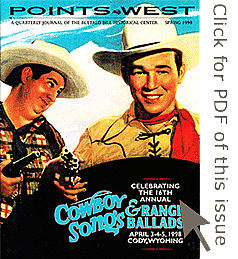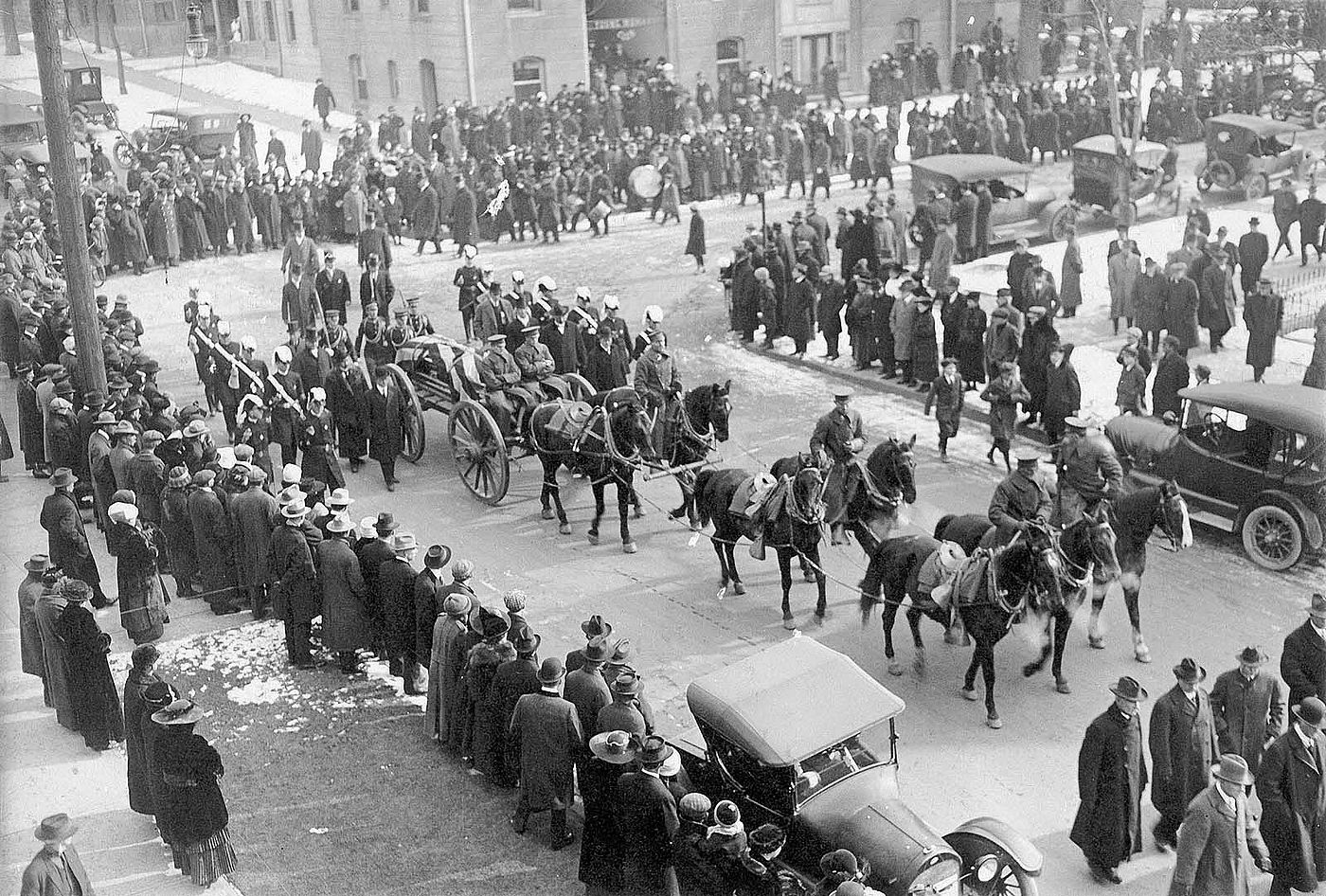
Buffalo Bill’s Last Stand – Points West Online
Originally published in Points West in Spring 1998
Buffalo Bill’s Last Stand
Christine Houze
Former Curatorial Assistant, Buffalo Bill Museum
PAHASKA ISHTEMI WASHTA
(The Long-haired Man May Sleep Well)
— Sioux wish for Buffalo Bill
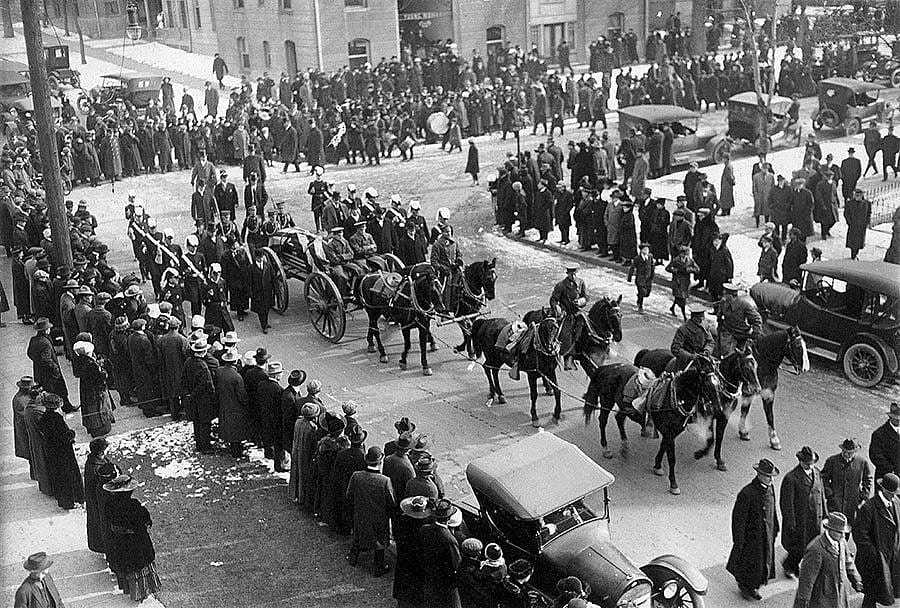
It was December 1916 and Buffalo Bill wasn’t feeling well. Also, financial problems still plagued him after he lost his Wild West show in 1913. Cody went to visit his sister, May, in Denver and while there he developed a serious cold. His symptoms were so grave that his wife, Louisa, and daughter, Irma, were summoned.
By the time they arrived, he was feeling better. So on January 5th he went to Glenwood Springs, Colorado to “take the waters.” Two days later he collapsed.
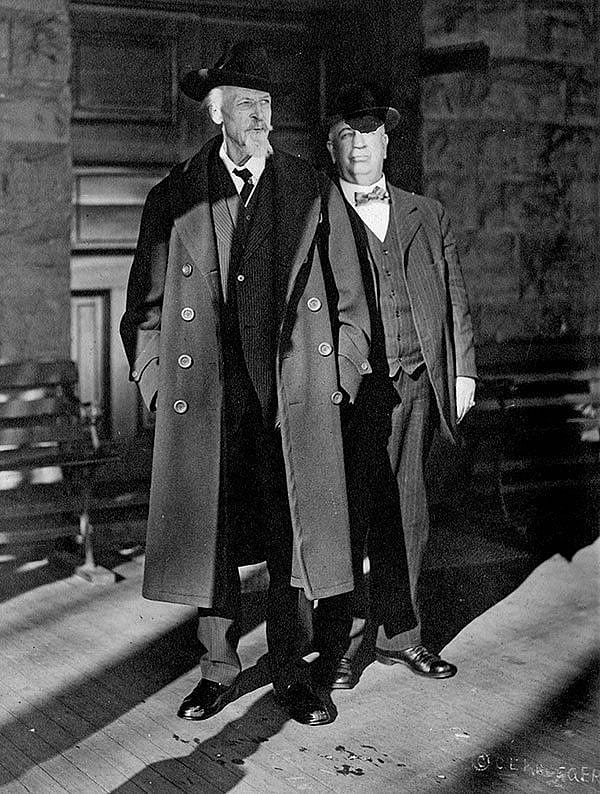
On his death bed William F. Cody was baptized into the Roman Catholic Church. Buffalo Bill died of uremic poisoning at his sister’s home on January 10, 1917.
Ironically, Harry H. Tammen (co-owner of the Denver Post), who had brought on the financial collapse of the Wild West show, took over the planning of the elaborate funeral. Buffalo Bill had wanted to be buried on Cedar Mountain above his namesake town, but Louisa claimed he had changed his mind. Allegedly Tammen had given her $10,000. This probably did not happen, but Mrs. Cody did choose Lookout Mountain (in what is now Golden, Colorado). Denver claimed the West’s most famous man.
Condolences arrived from around the world. Buffalo Bill lay in state in the Colorado Capitol as thousands of people paid their respects. After a funeral ceremony, Cody’s body was taken to a mortuary until warm weather permitted interment.
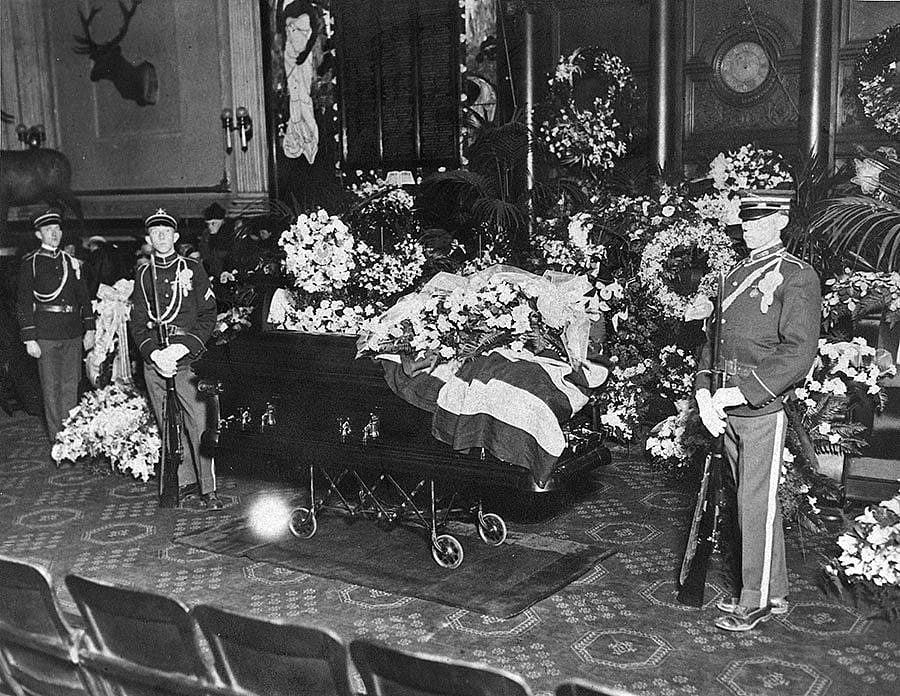
A tomb was hewn into the granite of Lookout Mountain. On June 3, 1917, thousands again filed past Cody’s casket before his body was finally laid to rest under 10 feet of concrete. This security was intended to deter a Wyoming raid to recover the body.
Rumors about reclaiming Buffalo Bill persisted for years. In 1948 the Cheyenne American Legion Post supposedly devised a secret strategy to bring Buffalo Bill’s body back to Wyoming. “The state of Wyoming has long rankled under the humiliation of Buffalo Bill’s enforced absence from his chosen burial spot on Cedar Mountain near Cody.” (Cody Enterprise, Aug. 4, 1948)
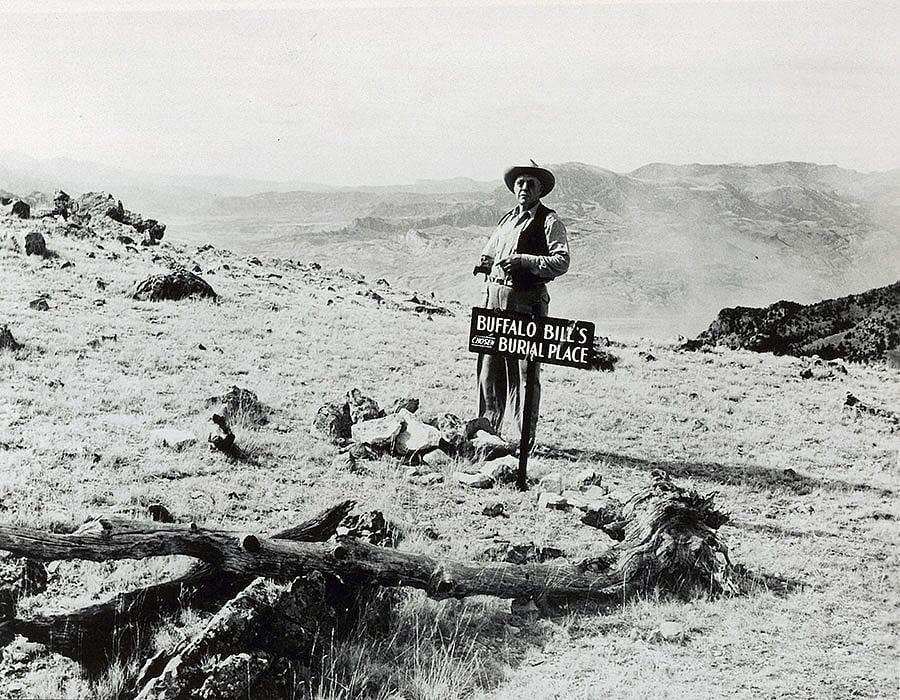
In 1968 an exchange of smoke signals between Lookout Mountain and Cedar Mountain transported the spirit of Pahaska to his chosen site. However, a friendly rivalry persisted between the Buffalo Bill Memorial Museum and the Buffalo Bill [Center of the West]. At the Lookout Mountain 80th anniversary of Buffalo Bill’s burial, Steve Friesen, Buffalo Bill Museum Director, and Paul Fees, then the Center’s Senior Curator, literally buried a hatchet to end any conflict.
Cody, Wyoming, doesn’t have Buffalo Bill’s body but it continues to celebrate his life.
Post 091
Written By
Nancy McClure
Nancy now does Grants & Foundations Relations for the Center of the West's Development Department, but was formerly the Content Producer for the Center's Public Relations Department, where her work included writing and updating website content, publicizing events, copy editing, working with images, and producing the e-newsletter Western Wire. Her current job is seeking and applying for funding from government grants and private foundations. In her spare time, Nancy enjoys photography, reading, flower gardening, and playing the flute.
